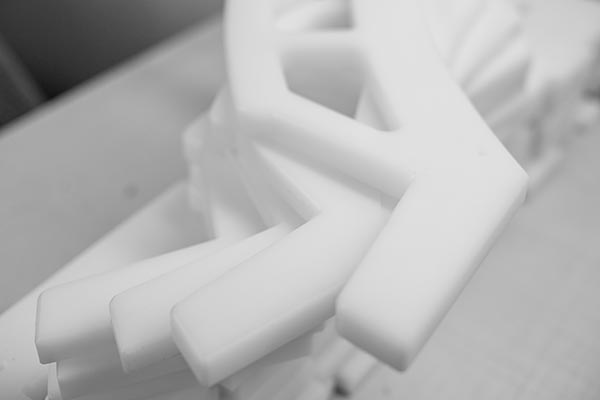
Plastics Processing is a very generic term, for which there are different definitions:
« The business of manufacturing plastic. »
Oxford Dictionary
Plastic or Plastics processing is a relatively young industry compared to wood or metal and has origins in a competition to replace ivory for billiard balls in 1870.
The lightness, strength, deformability, and ease of cleaning of plastics in many application markets and the availability of very cheap petroleum led to the rapid and widespread development of the plastics industry in the second half of the 20th century.
In 2018, the plastics industry in France counted about 3500 companies, which employ about 122 000 people. Source article : France-industrie.pro
The lightness of plastic, in particular, gave the innovator the idea for the “plastics sheet bending” process in 1985. At the time, he was manufacturing lighting equipment housed in metal boxes. The weight was high and made the equipment difficult to handle. Through the combination of metal and wood working methods the “plastics sheet bending process” was invented. The raw material used are plastic sheets.
Today it is a proven process used in multiple application markets such as :
